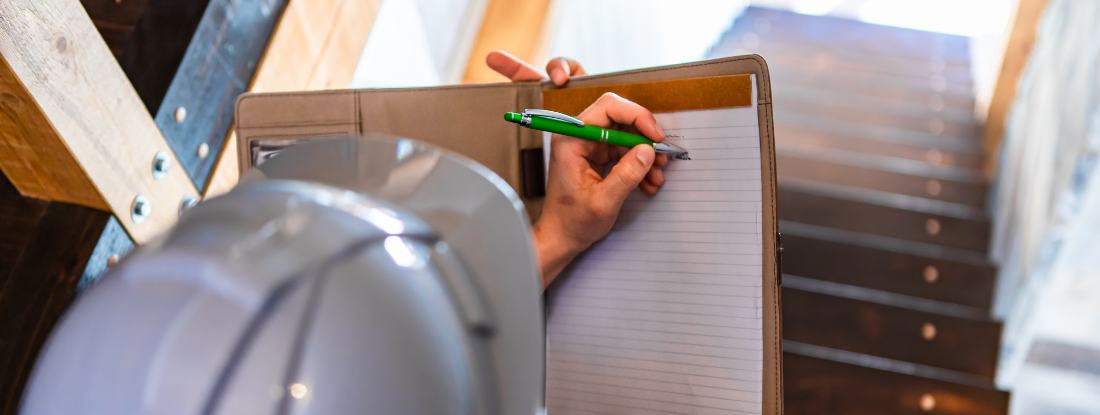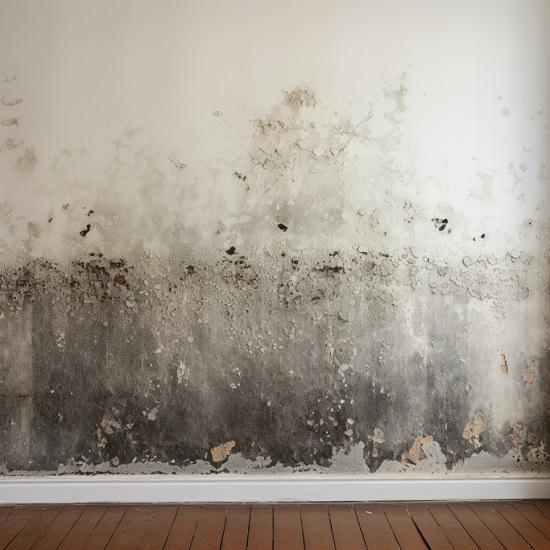Testing Air Quality After Mold Remediation
Testing Air Quality After Mold Remediation
Blog Article
Effective Blog Post Mold Remediation Solutions for Your Home
Mold and mildew growth in homes can be a relentless issue, often calling for a systematic technique for efficient post-remediation remedies. From recognizing the elements that add to mold and mildew advancement to implementing proper cleansing techniques and wetness control actions, the procedure can be elaborate yet vital for maintaining a healthy living atmosphere. Additionally, exploring all-natural removal solutions and developing a regular for continuous maintenance are necessary parts of an extensive mold and mildew remediation approach. As property owners aim to attend to mold and mildew concerns, finding the most efficient options ends up being critical for the wellness of their houses.
Understanding Mold And Mildew Growth Elements
Mold development is influenced by a range of elements that are important to comprehend in order to successfully address and stop its expansion. Understanding these variables is essential in executing effective mold and mildew remediation strategies. The key variable adding to mold development is moisture. Mold and mildew spores need moisture to germinate and thrive, making moist or humid settings highly prone to mold and mildew invasions. Poor air flow can likewise cause moisture build-up, developing a suitable breeding place for mold and mildew.

Moreover, air flow and light exposure can impact mold growth. Locations that lack correct ventilation and natural light are much more susceptible to mold and mildew advancement. By addressing these aspects adequately, individuals can efficiently alleviate mold growth and guard their living environments.
Correct Mold Cleansing Strategies
Utilizing efficient cleansing approaches is essential in protecting against the reappearance and dealing with of mold and mildew contamination in indoor atmospheres. The first action in correct mold and mildew cleansing is to consist of the afflicted area to stop the spread of spores to uncontaminated areas.

Applying Wetness Control Measures
To effectively stop mold development and contamination in indoor environments, executing moisture control steps is vital. Wetness is the primary aspect that fuels mold and mildew advancement, making it crucial to take care of humidity degrees within the home. One effective step is to utilize dehumidifiers to keep indoor humidity levels listed below 60%. Furthermore, making sure proper air flow in areas susceptible to moisture build-up, such as shower rooms and kitchens, can help minimize the threat of mold development. Routinely evaluating and fixing any type of leakages in plumbing, roofs, or home windows is likewise crucial in preventing excess moisture buildup. Utilizing exhaust followers while food preparation or bathing, and permitting air blood circulation by maintaining furniture slightly away from walls can aid in wetness control. Additionally, utilizing moisture-resistant products in high-humidity locations, such as mold-resistant drywall and paints, can be valuable. By carefully applying these moisture control actions, house owners can efficiently reduce the probability of mold and mildew recontamination and maintain a healthy interior environment.
Using All-natural Remediation Solutions
After efficiently implementing wetness control actions to protect against mold development in indoor environments, property owners can currently check out the efficiency of all-natural remediation services in keeping a healthy and balanced space. Natural removal solutions use environmentally pleasant methods to battle mold and mildew, making them a prominent selection for those looking click here to read for non-toxic alternatives. One such remedy is utilizing vinegar, a natural antimicrobial agent, to disinfect and clean surfaces infected by mold and mildew. Just weaken vinegar with water and spray it onto the affected locations, allowing it to rest for a few hours prior to wiping clean. Additionally, tea tree oil, known for its antifungal properties, can be blended with water and splashed onto mold-infested surface areas to hinder further development. Another natural alternative is hydrogen peroxide, which can effectively kill mold on different surface areas without leaving harmful deposits behind. By integrating these natural remediation remedies right into their cleaning regimens, property owners can properly fight mold development while promoting a healthier interior environment on their own and their families.

Keeping a Mold-Free Setting
In order to avoid mold and mildew reoccurrence and ensure a continually mold-free environment, it is important for house owners to apply aggressive upkeep methods. Consistently checking locations prone to mold and mildew growth, such as bathrooms, cellars, kitchens, and attic rooms, is crucial. Dealing with any kind of leaks, water damages, or excess moisture promptly can substantially reduce the risk of mold growth. Post Mold Remediation Report. Proper air flow in locations with high humidity levels is also vital to preventing mold development. Utilizing dehumidifiers or exhaust followers can aid keep optimal moisture degrees and inhibit mold and mildew spores from flourishing.
Additionally, preserving tidiness in the home is crucial for mold prevention. Frequently page cleansing and dusting surfaces, carpetings, and furniture can help get rid of mold and mildew spores prior to they have a chance to increase and clear up. Using mold-resistant items for construction products and furnishings can even more help in producing a mold-free atmosphere. Last but not least, keeping interior plants in check and making certain proper drain in outdoor landscaping can lessen dampness build-up, lowering the likelihood of mold and mildew invasions. By complying with these proactive upkeep practices, house owners can efficiently maintain a mold-free home.
Conclusion
In final thought, it is essential to address mold and mildew development variables, make use of proper cleaning techniques, carry out dampness control measures, utilize all-natural remediation options, and maintain a mold-free setting in order to successfully manage message mold removal in your home - what to do after mold remediation. By following these strategies, you can stop mold from recurring and make certain a healthy living atmosphere for you and your household
The key variable adding to mold development is moisture. Mold spores call for wetness to grow and sprout, making damp or humid environments very vulnerable to mold invasions.To effectively stop mold and mildew growth and contamination in indoor atmospheres, carrying out wetness control actions is extremely important. Furthermore, making sure correct ventilation in areas vulnerable to moisture accumulation, such as kitchen areas and washrooms, can help mold removal under house decrease the danger of mold and mildew development.After successfully applying wetness control actions to stop mold development in interior settings, property owners can now check out the performance of all-natural remediation remedies in preserving a healthy living room.
Report this page